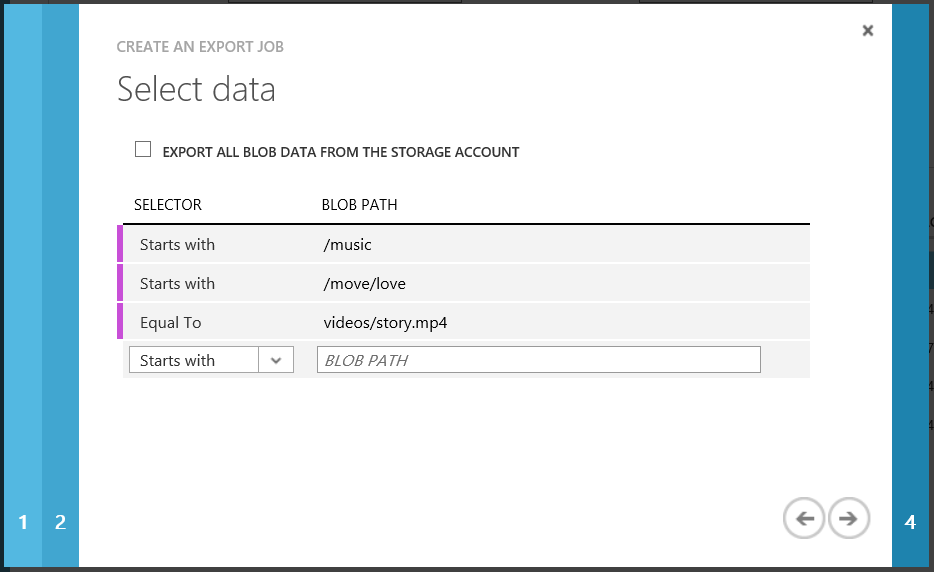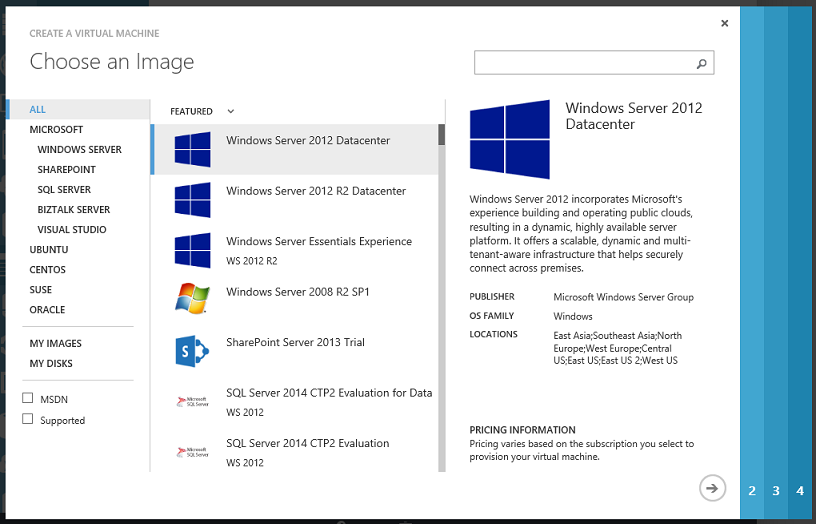Microsoft today launched a large update to its Azure cloud computing platform that introduces features like WebSocket support, segmented customer push notifications, New Relic support and a new billing alert service. The one feature that will likely get the most attention, however, is that developers can now sign up for a preview version of the Azure Import/Export service. With this, developers can import and export their data from Windows Azure using hard drives and old-fashioned FedEx shipping.
For massive amounts of data, shipping hard drives remains the fastest and often most cost-effective way of getting data into the cloud (or back out of it). Microsoft isn’t the first to offer this kind of service. Its largest competitors, Google (for a flat fee of $80) and Amazon (for $80 plus additional transfer costs), have been running a similar service for a while now. Microsoft’s implementation, it turns out, is quite similar to that of its competitors, though the company hasn’t announced any pricing information yet. Update: Microsoft’s pricing is now available and it’s a $40 flat fee without transfer or shipping charger.
Using the Windows Azure Management Portal or a REST API, developers can import their data or export it from Azure’s Blob storage onto drives they previously shipped to a Windows Azure data center. By default, drives have to be encrypted using Microsoft BitLocker Drive Encryption software. Developers can only use 3.5 inch SATA II drives, however, and they must be formatted with Microsoft’s standard NT file system (NTFS). A single export job can contain up to 10 hard drives.
While this import/export preview is the flashiest Azure addition, this version also introduces a virtual machine gallery that makes it a bit easier to launch new VMs in the cloud. It includes an improved search feature, as well as the ability to filter VMs based on whether they are part of Azure’s MSDN subscriber benefits or if they include pre-release software and aren’t fully supported by Microsoft or its partners.
Microsoft is also partnering with New Relic to make its analytics and performance-monitoring solution easily available to Azure users. With this update, integrated New Relic just takes a few clicks and then you’re monitoring your site using New Relic’s web app. Typically, this involves installing a bit of code on your server and going through a bit of an install process.
Other features include support for WebSockets, so developers can integrate more real-time communications features into their web-based apps, remote debugging support using Visual Studio 2013 and improved push notifications. Users of Team Foundation Services, Microsoft’s cloud-based version control system, can now enable continuous delivery support with both Team Foundation Services and the open-source Git format.
In case all of these features push you to use Azure more and run up your bills, Microsoft has added a Billing Alert Service (currently in preview) that makes sure you know when your bill is about to go above a certain threshold.
For a more in-depth look at all of these features, check out Scott Guthrie’s blog post here.
Image credit: Ben124


